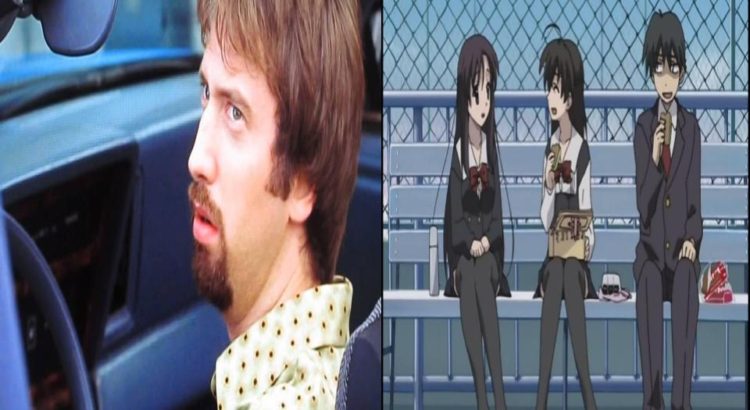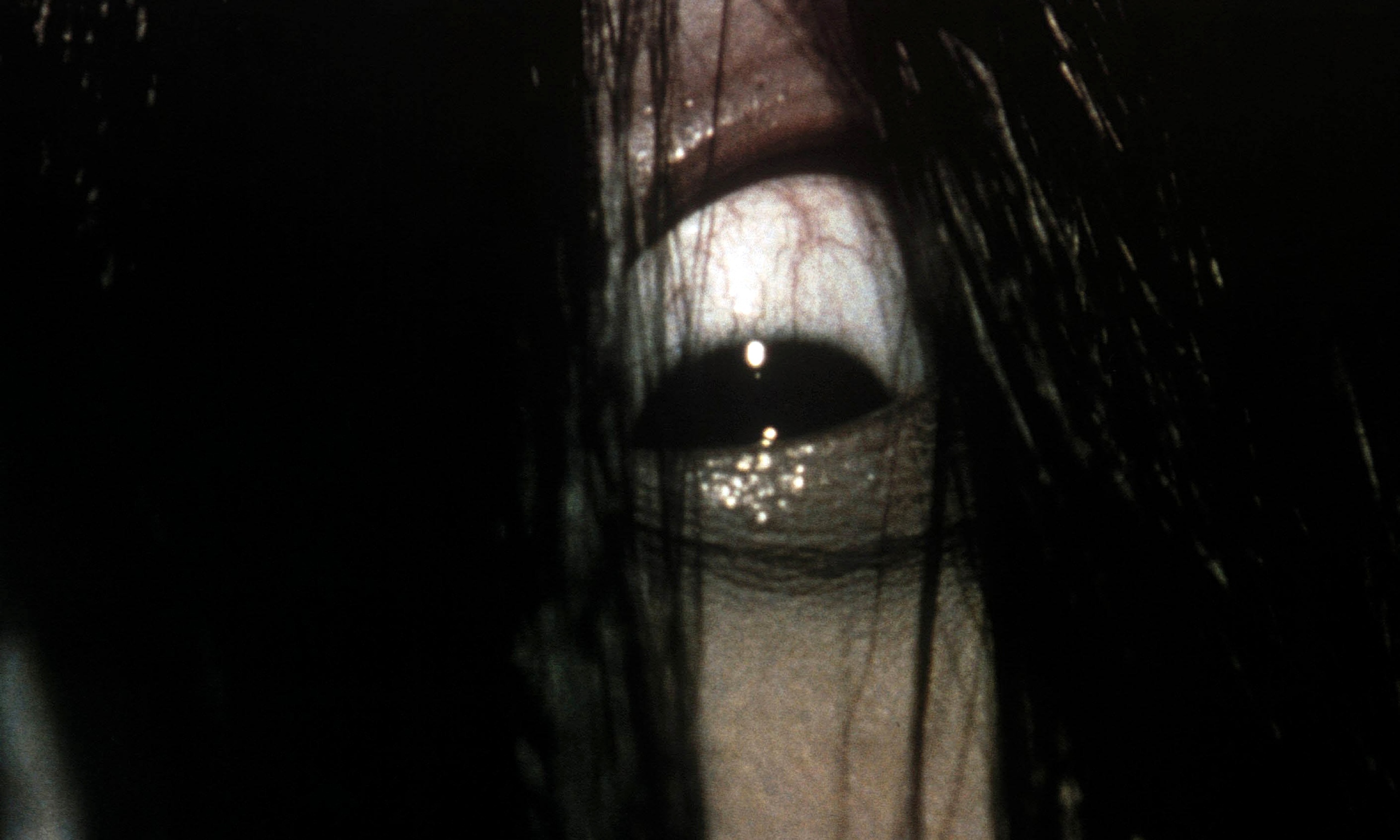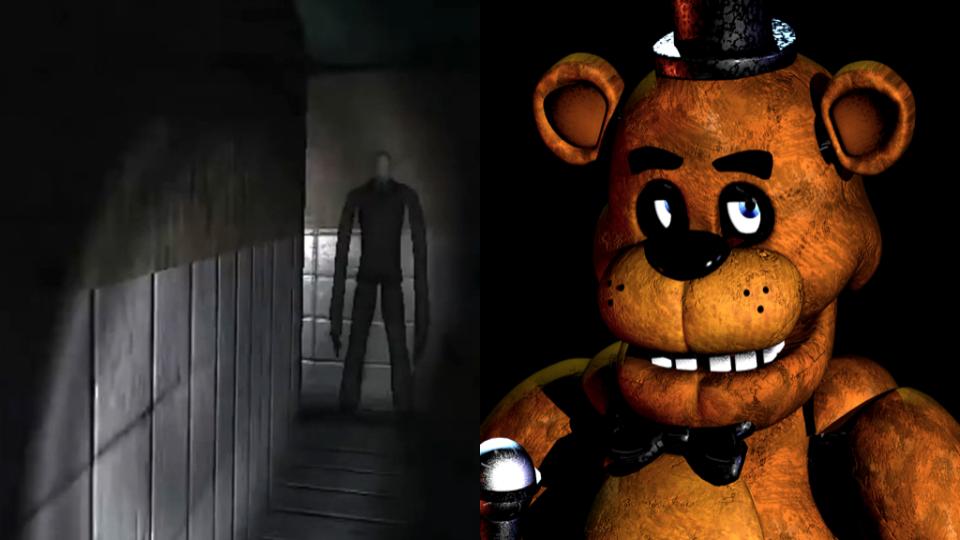I don’t like being an English major very much. I’m grateful for the opportunity to study at a university with such knowledgeable faculty and abundant resources, but if I had to do these last four years of my life over again I would definitely change my major to communications because I love pop culture so much. The one thing that makes me happy about studying literature is that I get to take creative writing classes and write a thesis in fiction by doing the creative writing sub-concentration in the English major.
The only thing I want to do with my English degree is write. I don’t want to write just any stories; I want to write stories about people with underrepresented identities like me, and I want to write a blend of literary fiction and horror. I got to see a professional writer do just that this Monday, January 21st, when Literati bookstore had a fiction reading with Kristen Roupenian. She wrote the short story “Cat Person” that was published in The New Yorker and quickly went viral. She now has a short story collection out and is working on a novel and a film for the cinephile’s movie studio of choice, A24. Hearing her talk about how emotion drives the blend of drama and horror of her plots focused on female desire and male entitlement as her girlfriend interviewed her and moderated a Q-and-A session with the audience felt familiar and affirming, like seeing someone charting a path through a difficult terrain you’re planning to hike but aren’t convinced you’ll get through.
I got my copy of her new short story collection signed and told her she inspired me to stick with the English degree to write a creative writing thesis that is drawn on influences similar to hers. I also told her that I found it interesting how she saw horror as existing in a continuum when my English professor of horror literature taught from a textbook that said “real horror” is the supernatural like monsters, while the horror of real life tragedies falls more into the realm of realistic fiction. She said that was absolutely ridiculous and it felt good to know your writing can be appreciated on your own terms regardless of what academics have to say about it. Seeing her success makes me feel validated in what inspires my own writing and makes me feel that trying to become a writer is not such a stupid goal like I thought.

What stood out about Roupenian’s short story is that it put into words how women feel pressured into accommodating men who want to hurt them because society seems to invest more energy in teaching girls to be agreeable and passive than in preventing abuse. The fact this story with a realistic young woman as a protagonist had been published in The New Yorker, the most well-known literary magazine in the country, was seen as a huge achievement for better representation of white middle-class women. I want to be the change I see in the world, and it’s very encouraging to see others succeed with the same intent.










